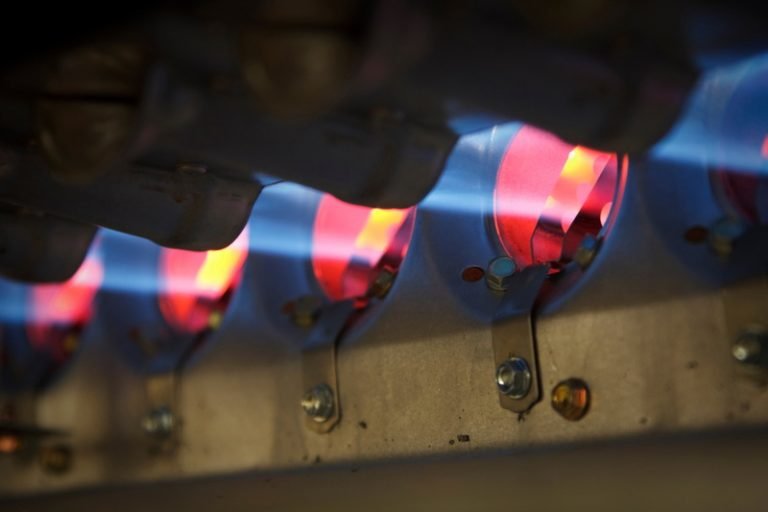Furnace Tune-Up - An Inside Perspective
Just like a car, your home’s furnace must also be checked. Many homeowners may think that their system is working fine, but during the cold winter days, you don’t want to be in trouble without heat.
What’s a Furnace Tune-up
A tune-up helps the overall performance and efficiency of the furnace. Going unchecked, the system could short cycle and cause issues with the unit's longevity. There are a few main factors that are involved in a tune-up:
Clean the burner
The technician will check for debris and dust accumulated over the past year. Systems in humid climates are likely to have rust build-up, so these flakes should be removed to avoid contact with the burners.
Check gas valves
These valves need to be checked yearly to ensure the proper fuel supply pressure. To keep from overheating, the BTU levels should also be looked at. Lastly, we check the pilot light and flame valve sensor.
Look for cracks and leaks in the heat exchanger
Gas furnaces have an exhaust system that keeps fumes out of your home. A properly operating system won’t leak carbon monoxide, but if the heat exchanger is cracked, these gases can spew into the home.
Ensure you have a working carbon monoxide detector if the worst-case scenario becomes real.
Analyze electrical components
Each furnace has a set of relays and switches. Our technician checks the entire electrical system and ensures it’s running at the correct voltage levels with a proper current. He also looks to see if there has been any corrosion.
Replace the filter and clean the blower
Even with a yearly tune-up, the above steps can be irrelevant if the air filter isn’t changed every month or two. Over time, dust can build up on the blower, and the technician will always clean it.
It's recommended that you tackle these tasks on your own. A licensed technician can be in and out in under an hour, so you can prevent having major repairs during the peak season.

